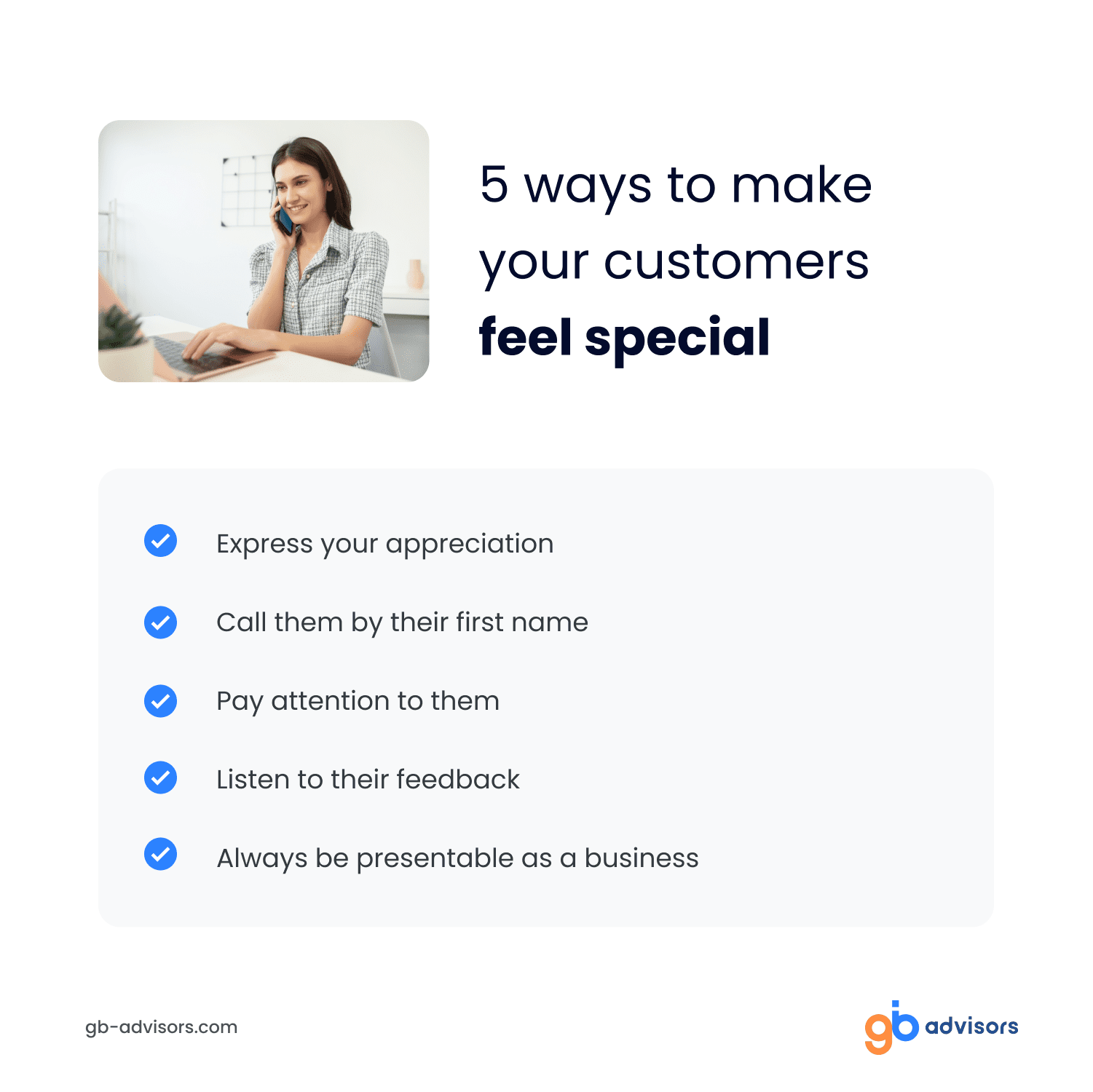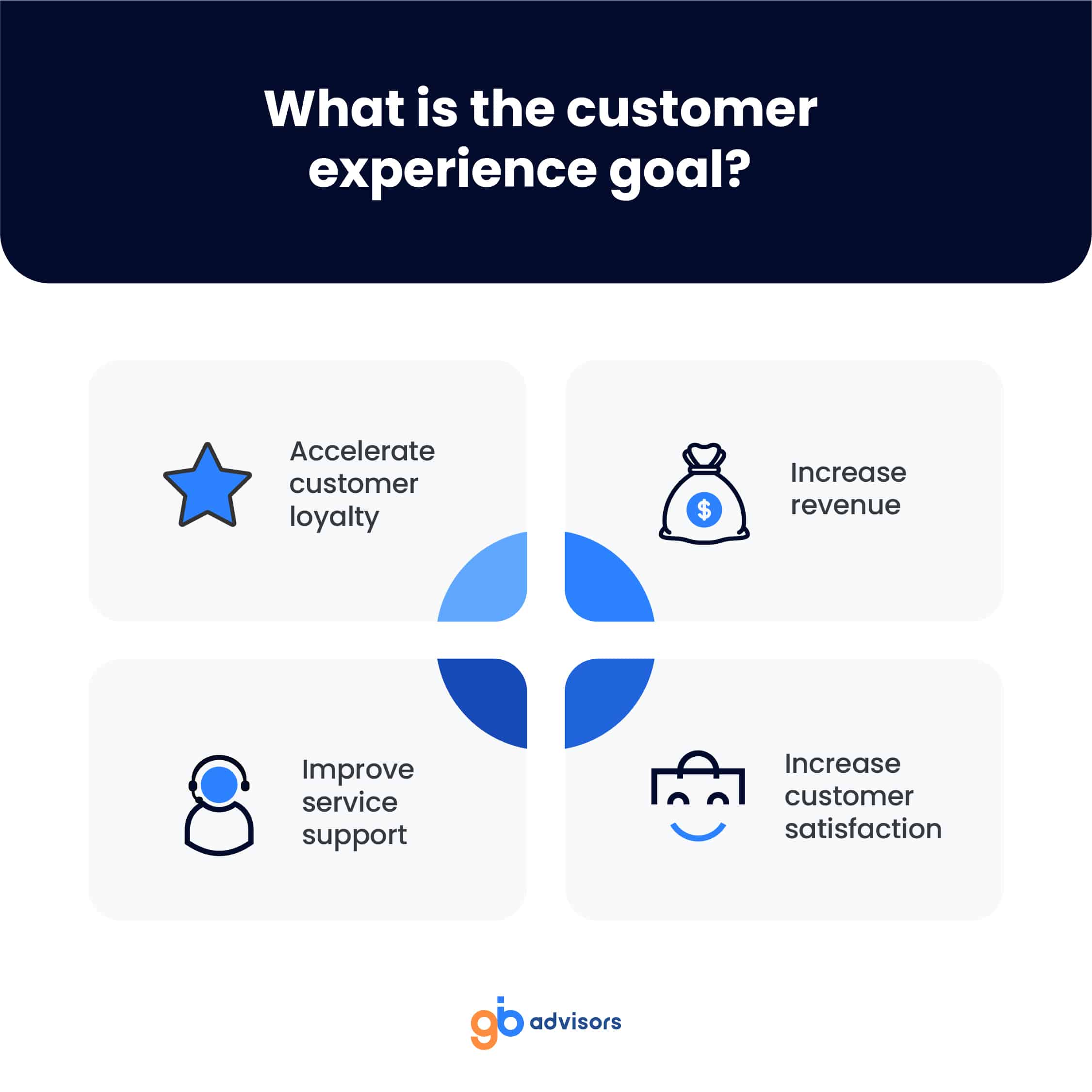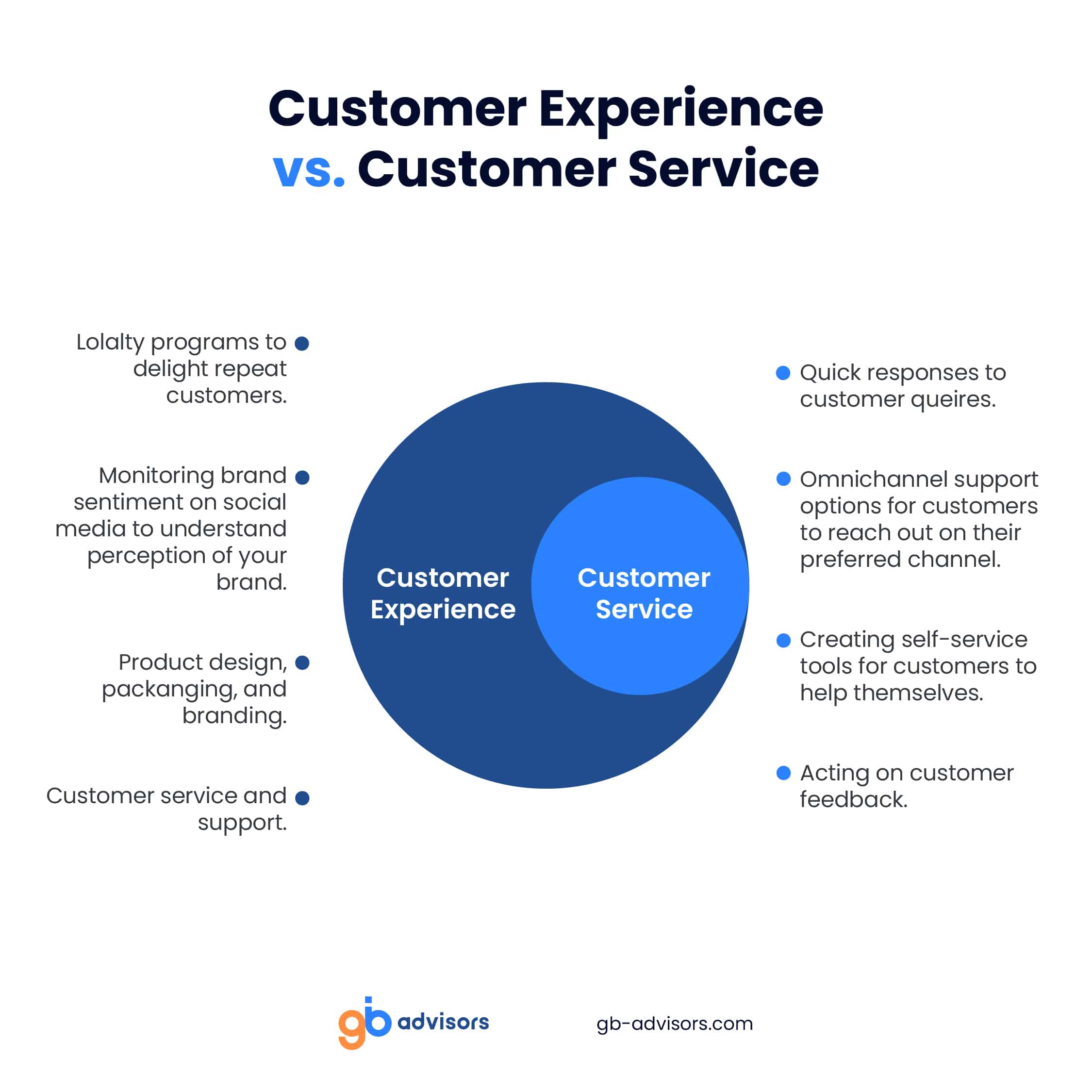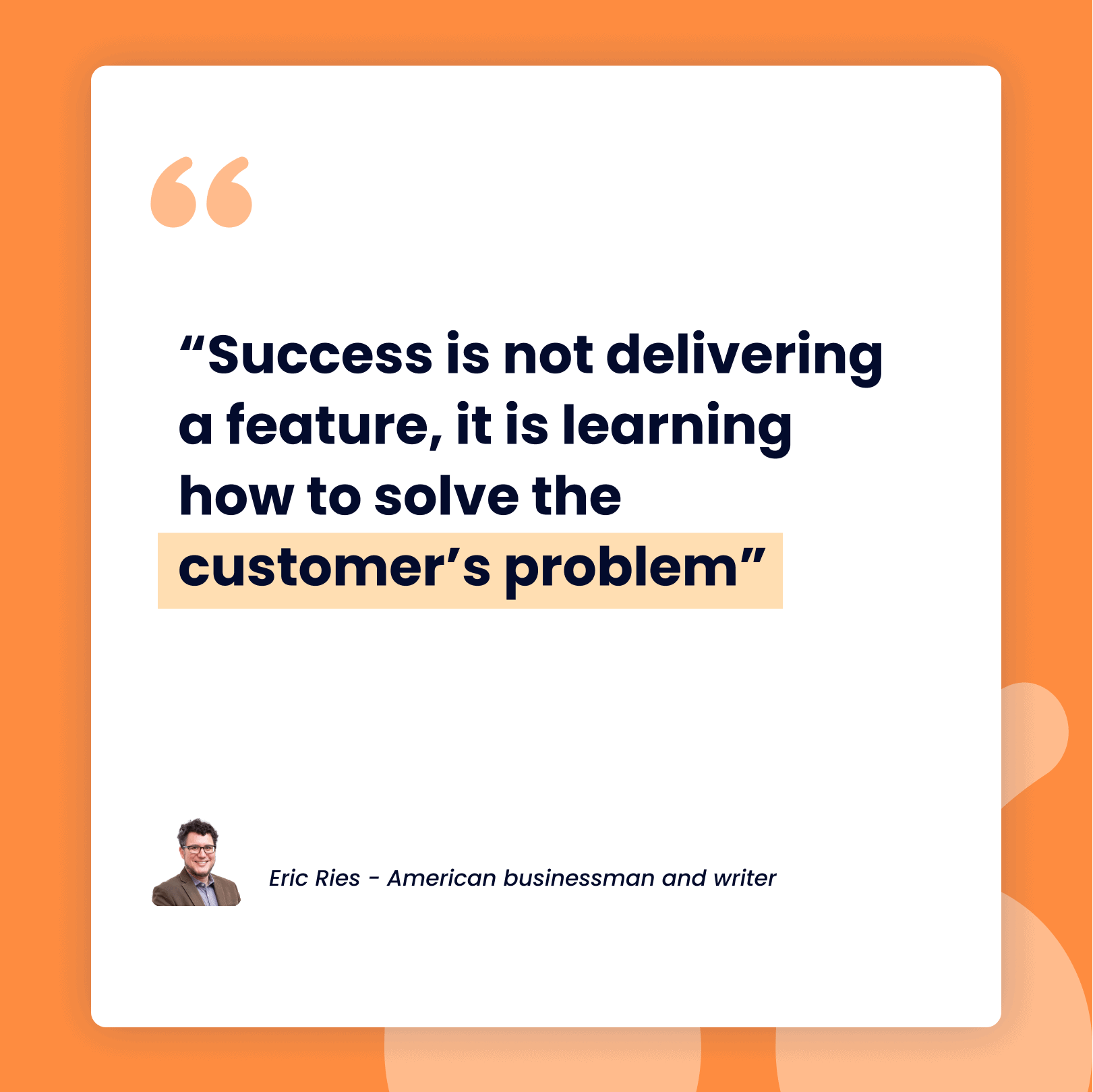Regardless of a company’s industry, customer service and customer experience are integral elements in building a successful business. However, what are their differences? And which is more important to achieve a competitive advantage?
Understanding how these concepts work, and knowing when to focus on one over the other, will help you take a holistic approach and create experiences that turn customers into fans of your brand.
In this blog post, we will analyze the differences between these pillars of business management. And give you some tips that will help you raise the quality of your service.
Let’s start by analyzing what each concept consists of and the elements that make them up:
What is customer service?
Customer service can be defined as the art of satisfying consumers with professional and first-class treatment. And meeting their needs before, during, and after the purchase of a product or service.
This concept goes beyond sending quick answers through a chat, since the goal is to solve customer requests and offer them the best possible solutions.
But how can we achieve this goal? The answer is very simple: by making users feel valued. You can accomplish this by applying the following tips:

To carry out this change, your company must have a customer-centric culture. In this way, all employees will be able to participate actively, meeting users’ needs and providing them with quality service.
What is customer experience?
In the business world, one of the most important components is the perception that consumers have of your brand. Every interaction that takes place between a customer and the company, from the first contact to the onboarding process, shapes the experience offered to the customer.
In essence, we can say that the customer experience brings together all of how a consumer interacts with an organization. This includes every aspect of the customer journey, from the marketing material they consume before making a purchase, to the quality of the product or service, to the after-sales service.
But why is this concept so important? In today’s competitive marketplace, companies cannot afford to ignore the value of the experience they deliver to consumers.
In a study conducted by Forrester, it affirms that customers want to have better experiences when interacting with companies. Thus, making this change can make the difference between gaining their trust or losing them to the competition.

Therefore, if companies focus on creating an exceptional experience for their consumers, they can obtain great benefits, including increased retention rates, higher customer satisfaction rates, and better word-of-mouth marketing.
What are the differences between customer service and customer experience?
Now that we are clear on what customer service and customer experience are, we can delve a little deeper into their differences:
Level of control: one of the advantages of customer service is that companies have full control over the product they offer to consumers. In contrast, with customer experience, that control is more limited, since there are many factors that impact the way customers perceive your brand.
Metrics: Customer satisfaction index, effort rate and net promoter score (NPS) are metrics that allow teams to understand the quality of a company’s service. While this data can also be used to understand the customer experience, there is more detailed analytics that facilitates this process, such as customer lifetime value, churn rate, and retention rate.
Ownership: Customer service managers and agents are primarily responsible for coordinating the service offered to customers. Although other team members interact with customers, the support team is responsible for handling user requests.
In contrast, delivering a good customer experience is a responsibility that is shared across the organization. All teams, including marketing, sales, and product, are charged with delivering an exceptional experience across all touchpoints.
Let’s analyze this example to better understand their differences
Let’s dig a little deeper into the differences between these concepts by looking at the example of a customer visiting a store. Suppose this person enters the store, makes a return with a sales representative and leaves the store. This would represent the customer’s experience in going through that process, however, that interaction would be only a small fraction of the overall experience with the store that day.
For example, the address shown on the Google My Business profile helped this person to get to the store. The store’s interior design allowed the client to find the customer service department easily, and the agent provide directions to manage the return and refund process.
Everything the customer did that day, related to the company, was part of the store experience, and customer service was one of those touchpoints.
Here are some additional examples to help you better understand the difference between customer service vs. customer experience:

Now that we understand their differences, which is more important?
After carefully evaluating customer service vs. customer experience, we can affirm that these concepts are key to success. These elements are meant to work hand in hand and complement each other, as together they form an unbeatable combination that accelerates business growth.
One thing successful companies have in common is that they don’t stop to debate the differences in these concepts. But instead, leverage them to increase customer satisfaction and improve their profits.

All this, hand in hand with an automated customer service tool. This way, they can streamline customer interactions and provide seamless communication across multiple touchpoints.
If you want to learn more about this system or want to enhance your company’s customer service, contact us and we will gladly assist you.



